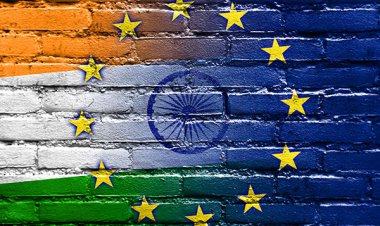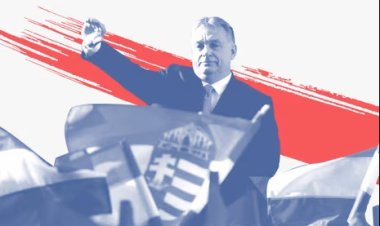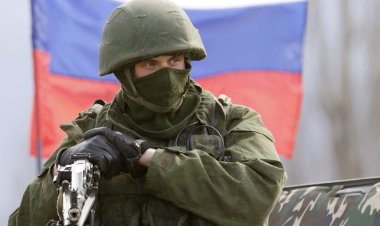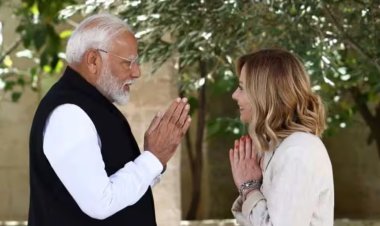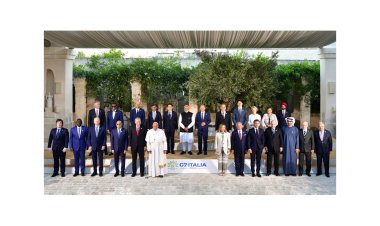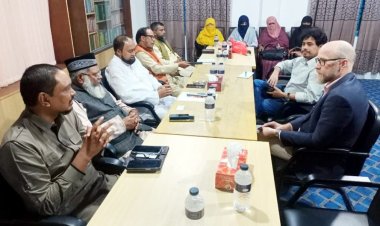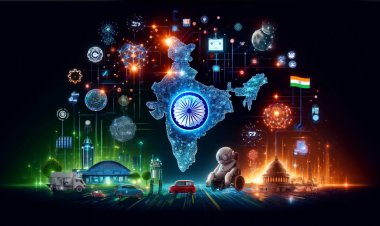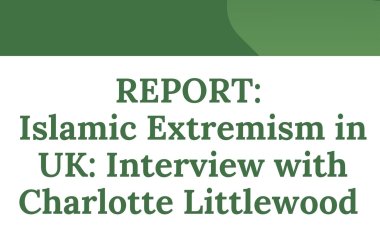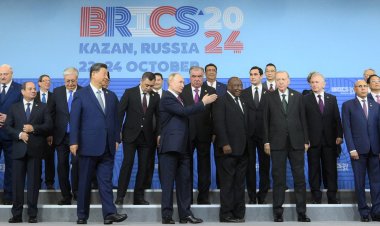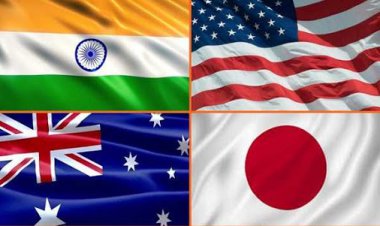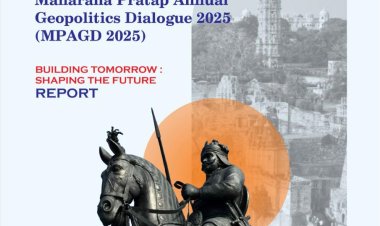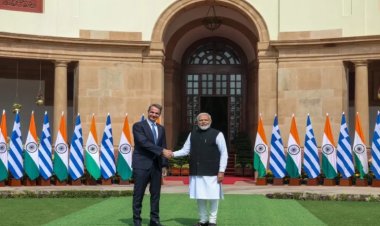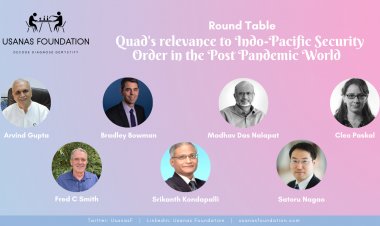The Post-COVID World: Do we still care about arts, culture, and the creative economy?
The pictorial essay outlines the need to “reflect and internalize” the importance of such artworks that bind societies, regions, nations, and states through their delicate threads. The chosen style of this pictorial illustration is an open-ended that leaves room for viewers/readers to have their own reflections and interpretations. The objective of the pictorial composition is primarily to revitalise a humanist persona.
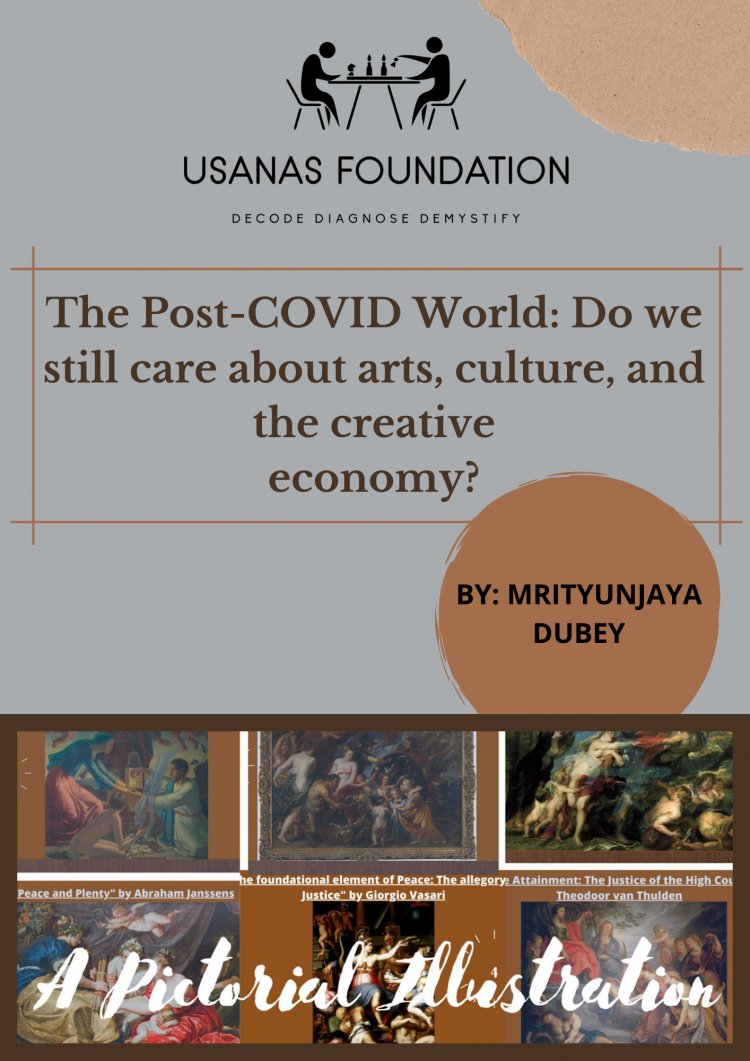
Pictorial Essay
By Mrityunjaya Dubey
Abstract:
Without a speck of doubt, it is clearly evident now that the COVID-19 pandemic and Russo-Ukraine War have been a historic turning point for international relations. After the World War-I and World War-II, these are the two most destructive anthropogenic-catastrophes. that the world is witnessing today. In these turbulent times, it becomes imperative to not only for the creative individuals but for the society as a whole to understand and preserve the power and influence of arts (music, cinema, paintings, culture, etc.). Thus, applying the constructivist approach in International Relations, the author through this piece focuses on the current realities and the impact of the various art forms in promotion of international peace and harmony. History is a witness that the various forms of arts and culture have from time to time played a crucial role in shaping individuals, societies and nations. Indeed, among the majority of enduring conflict zones—the art forms and cultures have acted as a catalyst in de-escalation. The deeper understanding of the arts and culture prevalent in a society has had paved the way for reaching some sort of consensual resolutions. The art forms have helped civil societies and peacekeeping organizations manage intractable conflicts. Therefore, in this spirit, the chosen pictorial illustration presents an explicit elaboration of some of the famous classical paintings that are often given “benign status” and supposedly accrued as some sort of “elite prophecy”, especially in developing world like ours.
As humans, when we are trying hard to recover from the scourge of the deadly COVID-19 Pandemic and the ongoing Russo-Ukraine War—the two phenomenon has largely impacted almost every sector imaginable under the sun. However, the in major instance—the most talked sectors have only been limited to economy growth, social progress, and political development. Therefore, comprehending the gravity of these uncertain developments, it is the ripe time to move beyond a mere cost-benefit analysis in order to preserve “the humane instincts” from perils. During the pandemic and now amidst the ongoing-war, up to a great extent the “performing arts and culture” have kept individuals' humane instincts alive. The “performing arts and culture” can be easily accessed via the internet and various other digital streaming platforms. Therefore, the pictorial illustration emphasizes the need to give due credence and understand the significance of such art pieces. The pictorial essay outlines the need to “reflect and internalize” the importance of such artworks that bind societies, regions, nations, and states through their delicate threads. The chosen style of. this pictorial illustration is open-ended that leaves room for viewers/readers to have their own reflections and interpretations. The objective of the pictorial composition is primarily to revitalise a humanist persona. It also embarks upon the "Will" of states, civil societies, and NGOs to learn and unlearn the lessons from such art pieces to avert any harm to human civilizations by simply moving beyond a mere cost-benefit analysis framework.
To read the full paper, download the PDF:
Mrityunjaya Dubey is a postgraduate research scholar with a degree in International Studies and specialization in Europe and North American Studies from Symbiosis International University and is currently engaged as an Assistant Senior Member and Researcher with the Consortium of Indo-Pacific Researchers affiliated with the Journal of Indo-Pacific Affairs. His latest book is now available on Google Books titled, "India-Australia Defence Cooperation in the Indo-Pacific: The Changing Nature of India's Act East Policy." His major areas of interest are decoding IR issues through a Constructivist Lens- Identity and Culture in Europe (both old and new), India's Foreign Policy, Strategic and security studies, Indo-Pacific, International Law, Diplomacy, and Global Governance.
Disclaimer: This paper is the author's individual scholastic contribution and does not necessarily reflect the organization's viewpoint.

 Mrityunjaya Dubey
Mrityunjaya Dubey 